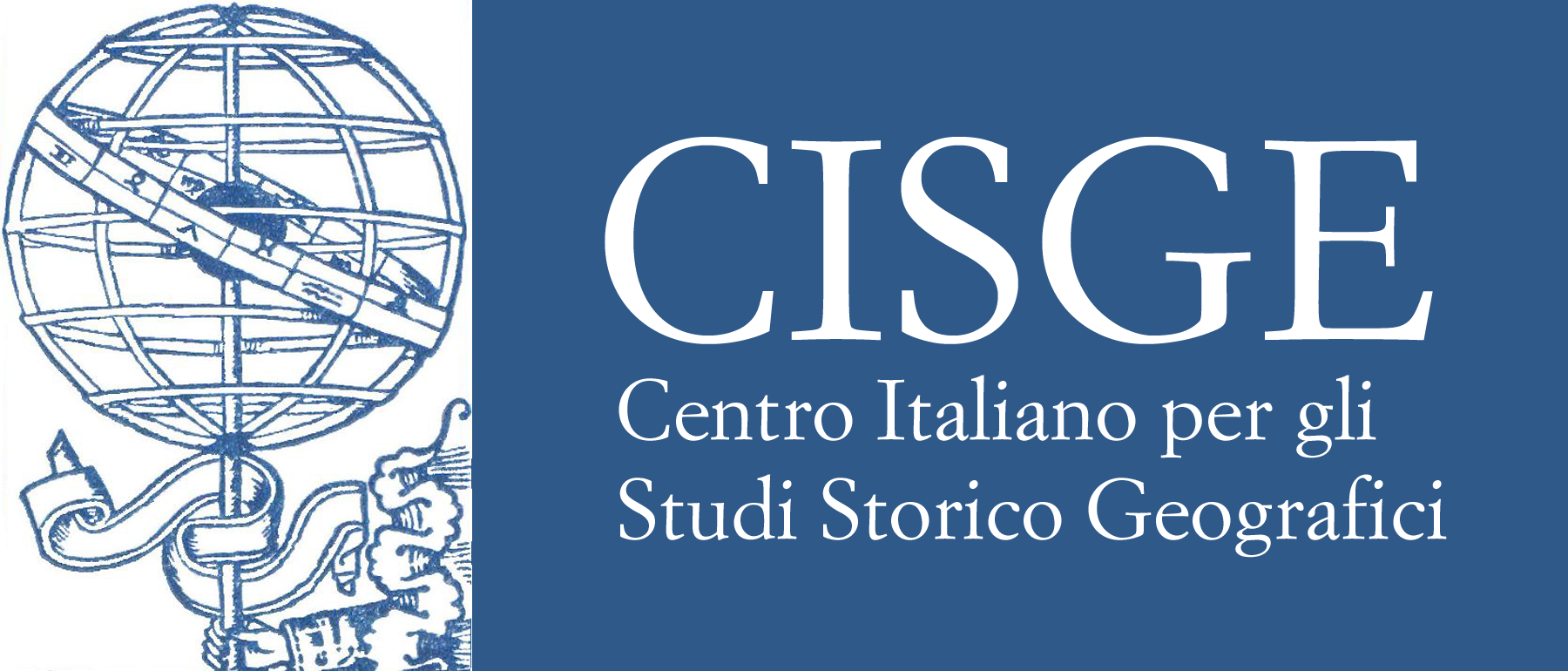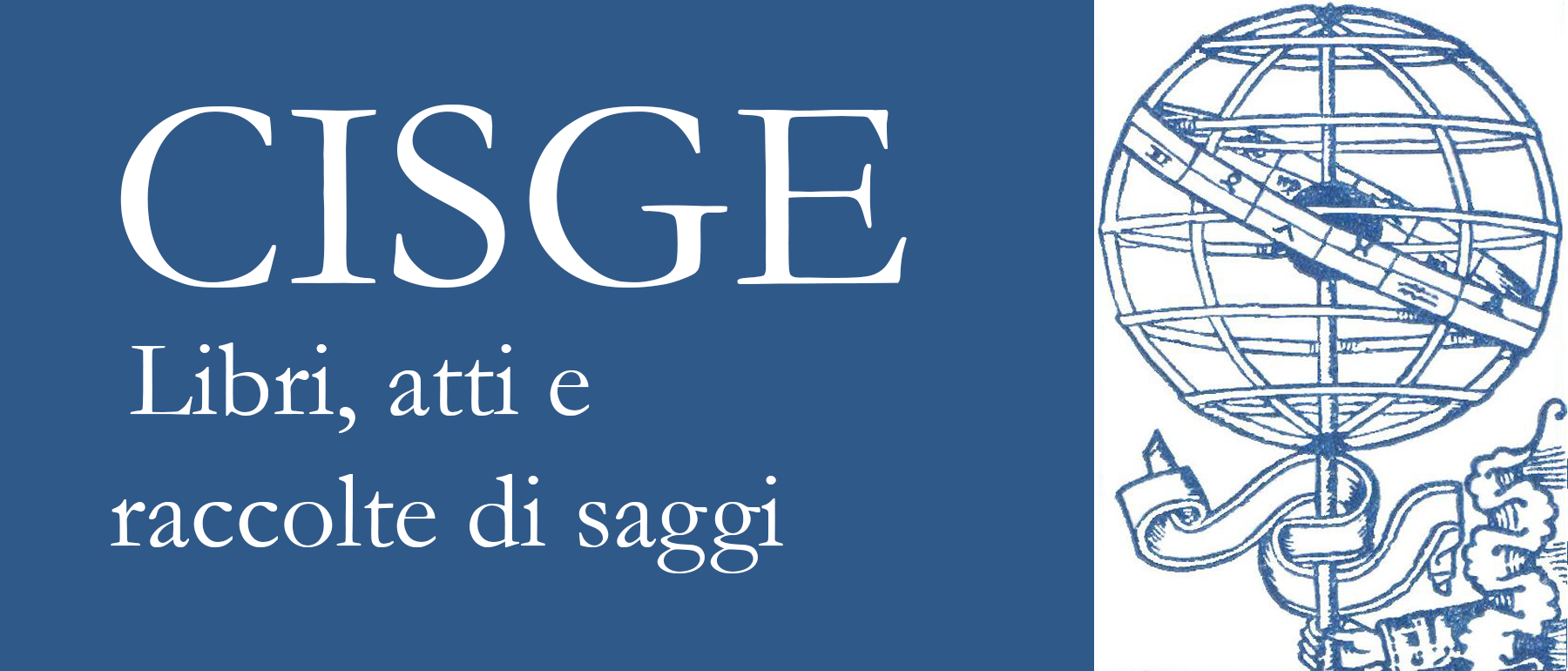Un nobile cervello veneziano in fuga
Abstract
Avant l’unité d’Italie il manquait à nos géographes des orientations e des problématiques communes; cependant emergèrent quelques personalités individuellement: dans l’Italie du sud Ferdinando De Luca (1783-1869), dans celle du centre Francesco Costantino Marmocchi (1805-1858) et dans celle du nord Adriano Balbi (1782-1848). Contrairement aux deux premiers, le troisième, noble vénitien, est géographe et statisticien inconnu pour la plupart: l’objet de ces pages c’est la recherche de ce motif. Adriano Balbi enseigna tout jeune au collège des Camaldulens dansl’île de Saint Michel (cimetière actuel de Venise), où il fut abbé frère Mauro Cappellari, après pape Grégoire XVI, et recteur frère Placido Maria Zurla qui deviendra cardinal vicaire à Rome. Ce sont eux qui l’encouragèrent aux ètudes géographiques. Mais ne trouvant pas de opportunités satisfaisantes dans son pays, il émigra avec la famille d’abord en Portugal, puis à Paris où il resta dix années et où apprécié comme géographe par Konrad Malte-Brun et Alexander von Humboldt, il publia toutes ses oevres les plus importantes. Il refusa les propositions des universités de Paris et de Saint-Pétersbourg et retourna à Venise espérant, mais en vain, de obtenir un poste d’enseignement universitaire. A cause de sa bonne renommée, fut appelé à Vienne comme conseilleur imperial pour la géographie et la statistique. Pendant les dernières années de sa vie, il se retira à Venise. Durant son existence, Balbi fut honoré et reconnu, mais post mortem il fuit bientôt oublié car la soumission volontaire à l’Autriche et l’étroite observance envers les orientations du haut clergé catolique, le firent malvoir par les progressistes et les liberaux de toute Europe, tandis que aujourd’hui il reste un personage marginalisé de la géographie.
Before the unification of Italy, our geographers failed to have community of intents and sharing of problems; emerged, however, individual key players: in southern Italy Ferdinando De Luca (1783-1869), in the central Francesco Costantino Marmocchi (1805-1858) and in the northern Adriano Balbi (1782-1848). Unlike the first two, the third one, a Venetian nobleman, is a geographer and statistician unknown to most people; the objective of these few pages is to investigate the reasons why. Adriano Balbi was a very young teacher at the college of Camaldolesi, in the San Michele island (current cemetery of Venice), when the abbot was Monk Mauro Cappellari, the future Pope Gregory XVI, and the rector was Monk Placido Maria Zurla, that will become the Cardinal Vicar for Rome. They themselves nudged him to the geographical studies. Despite this, finding no satisfactory arrangement at home, Adriano Balbi, with his family, immigrated to Portugal at first and then to Paris, where he stayed for over ten years. Here, esteemed by geographers such as Konrad Malte-Brun and Alexander von Humboldt, he published all his most important works. After refusing many offers by the universities of Paris and St. Petersburg, he returned to Venice, hoping in vain to get a university teaching but, because of his fame, was then called to Vienna as an imperial adviser for the geography and the statistics. In the last years of his life he retired to Venice. During his life, Balbi received honours and recognitions but he was suddenly forgotten after his death. This happened mainly due to his Austria’s dedication and strict adherence to the high Catholic clergy. This attitude made him unpopular with progressives and liberals throughout Europe, and he still is an outcast character in the geography world.



